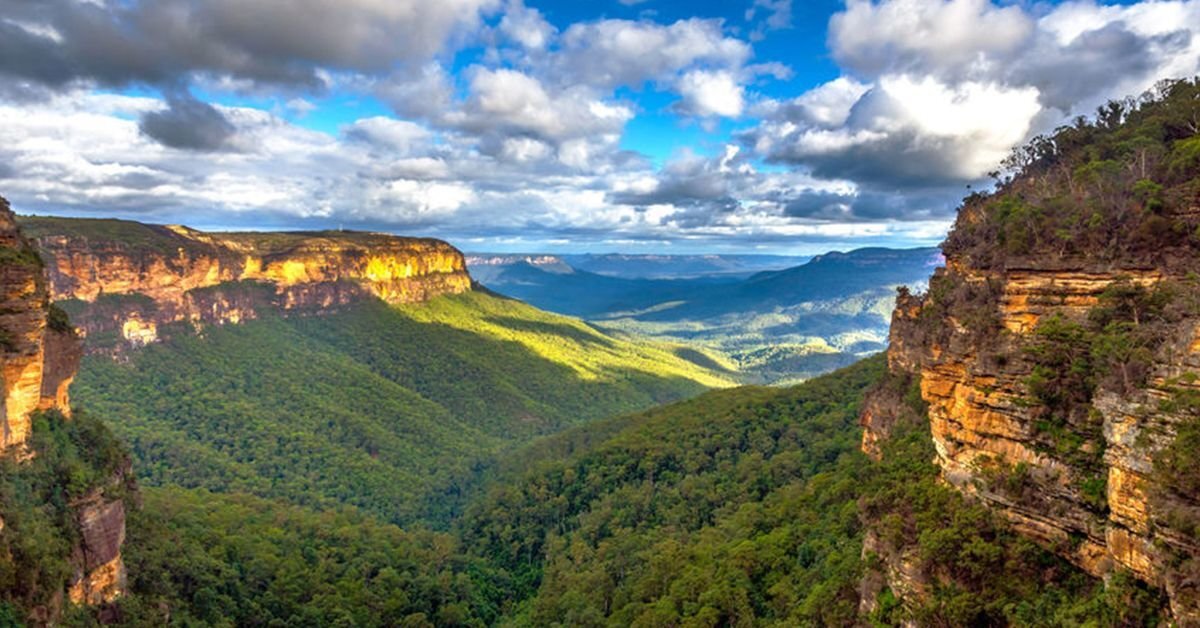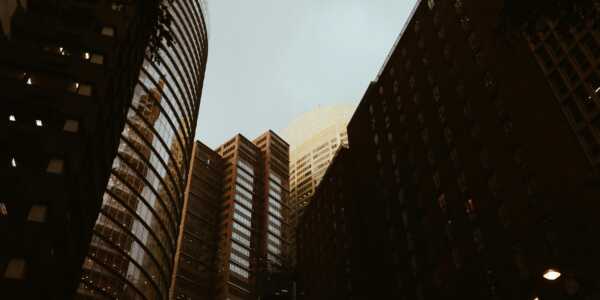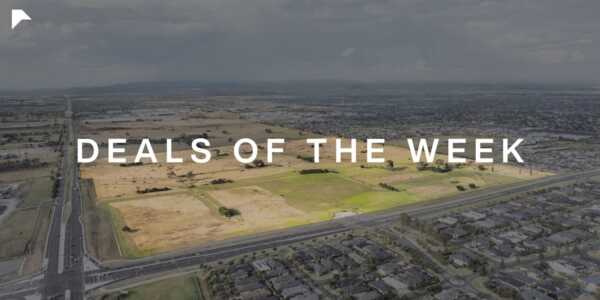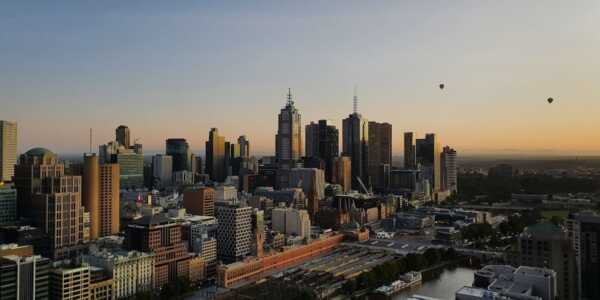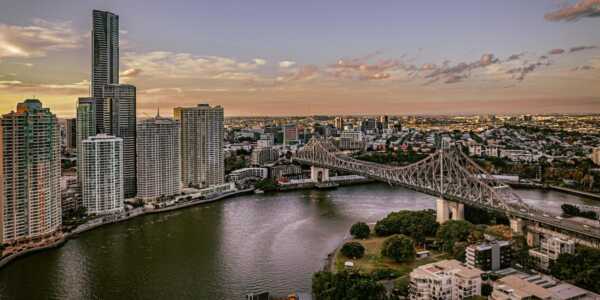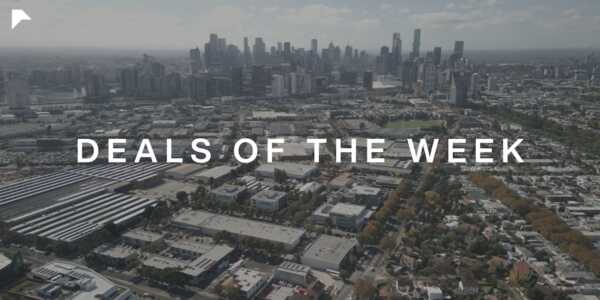Entering the winter months, it’s not just the temperature outside that is experiencing a decline. Capital city dwelling values have just recorded their first annual fall in five years, reports property researcher CoreLogic.
Housing prices across Sydney, Brisbane and Melbourne have all fallen over the past month, with Perth the only city achieving an increase in annual performance. This comes amid a tightening of lending regulations across the nation.
“The declines are not as rapid as they were early in the year, late last year [but] we’re still seeing values fall,” CoreLogic research analyst Cameron Kusher told The Australian.
Sea Change, Tree Change, see positive change.
Weekender suburbs are experiencing new focus as wealthy city dwellers look for cosy winter options. The picturesque Blue Mountain suburbs of Blackheath, Wentworth Falls, Leura and Katoomba are all experiencing house price rises, while still averaging at about half of Sydney’s inner west and eastern suburbs.
Local agents believe that prices will continue to rise as Sydney-siders are happy to pay extra for luxury property, if they can get a foot in the door.
Alan Gregory, principal agent of Ray White Blackheath, has commented that he has achieved good prices on rural vineyards and new properties in the Blue Mountains, even in slow markets, “if you bring the right property to the market there is still good demand,” he said.
“They are emotional purchases for people.”
Victoria and Queensland experiencing similar migrations
Industry experts are also noticing rural Victoria drawing wealthy city dwellers away from the hustle and bustle.
New builds and luxury renovations, that have been a more familiar sight in Melbourne’s Bayside suburbs, are causing markets around Ballarat and Bendigo to rise.
“People move here and can’t believe they can be completely mortgage free with a house with a backyard. They can buy a large home on 5 acres (2ha) for about $1.3 million,” Biggin & Scott, Ballarat, director Francesca Nicol said.
“You can get the most amazing property for $1 million-$2 million.”
Many residential industry experts are speculating that country life will become more appealing as Melbourne’s population inflates beyond 5 million in 2021.
An internal migration data report, performed by CoreLogic in 2017, revealed an increasing number of inter-state and intra-state population movements to either sea change/tree change regions or the outskirts of the capital cities.
The trend for sea/tree changers has gained momentum over the past several years.
Hot spot areas not only for the wealthy
A superannuation report focusing on the migration of retirees has revealed the hot spots for retirees looking for change.
Association of Superannuation Funds of Australia (ASFA) CEO, Dr Martin Fahy, has called out several suburbs along the eastern cost of Australia based on latest Census data.
In New South Wales, Forster-Tuncurry is a sea change hotspot; around 32% of the population are 65 plus and not in the labour force. Sea changers could liberate significant capital, with the median house price $650,000 less than in Sydney.
In Victoria, Echuca-Moama is turning into a tree change hotspot; the median house price is around $560,000 less than in Melbourne.
In Queensland, around 24% of the population of Hervey Bay is aged more than 65 and not in the labour force; one can free up about $220,000 based on median house prices.




